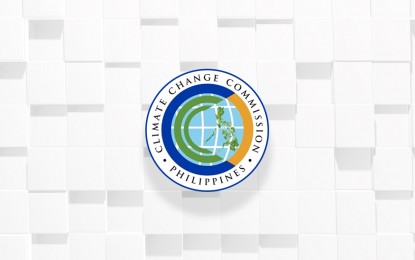
MANILA – The Climate Change Commission (CCC) urged Filipinos to take proactive measures following the forecast of the Philippine Atmospheric, Geophysical and Astronomical Services Administration’s (PAGASA) of an increased El Niño activity.
PAGASA has warned of a strong El Niño activity this month, while most global climate models foresee the phenomenon to persist from March to May.
In light of this forecast, the CCC encouraged taking the necessary steps to minimize the negative impacts of El Niño in their homes and communities.
The CCC, in cooperation with other national government agencies, has developed policies and strategies that will prepare the nation for climate change impacts and disasters. These include:
--The National Climate Change Action Plan (NCCAP), which outlines strategies for building resilience to climate change impacts, including El Niño. It calls for improved water resource management, early warning systems, and climate-smart agriculture practices.
--The Local Climate Change Action Plans (LCCAPs). Developed by local governments, the LCCAPs provide context-specific adaptation measures tailored to local vulnerabilities. Integrating El Niño preparedness into LCCAPs ensures targeted and effective action.
--The National Framework Strategy on Climate Change (NFSCC), which guides the country's long-term response to climate change. It underscores the importance of mainstreaming climate considerations into all development plans, including disaster risk reduction and management.
--The National Climate Risk Management Framework (NCRMF), which outlines a systematic approach to managing climate risks, including those associated with El Niño. Implementing its recommendations strengthens preparedness and response capacity.
“Implementing the strategies and recommendations outlined in these policies and frameworks strengthens our adaptive capacity to face climate risks such as El Niño, ultimately leading to more climate-resilient communities,” CCC vice chairperson and executive director Robert E.A. Borje said in a news release on Friday.
The PAGASA has announced the possibility of an increase in the number of provinces to be affected by the El Niño phenomenon from 41 provinces in January to 51 by the end of February.
It said Metro Manila and 23 other provinces may experience drought by the end of the month.
These provinces are Abra, Apayao, Aurora, Bataan, Benguet, Cagayan, Cavite, Ifugao, Ilocos Norte, Ilocos Sur, Isabela, Kalinga, La Union, Mountain Province, Negros Occidental, Nueva Ecija, Nueva Vizcaya, Occidental Mindoro, Palawan, Pangasinan, Quirino, Rizal and Zambales.
El Niño refers to a periodic weather event characterized by a warming of the ocean surface or above-average sea surface temperatures in the eastern equatorial Pacific. It is associated with droughts, heat waves, heavy rainfall and other extreme weather events.
On Jan. 19, President Ferdinand R. Marcos Jr. signed Executive Order No. 53 to streamline, reactivate, and reconstitute the old El Niño task forces under EO No. 16 (s. 2001) and Memorandum Order No. 38 (s. 2019).
The President instructed the task force to develop a comprehensive disaster preparedness and rehabilitation plan for El Niño and La Niña to provide “systematic, holistic, and results-driven interventions” to help the public cope and minimize their devastating effects.
“The recurrence of the El Niño phenomenon calls for the implementation of both short and long-term solutions to ensure food, water and energy security, safeguard livelihoods, and improve the country's disaster and climate resilience," Marcos said in signing the EO. (PNA)
